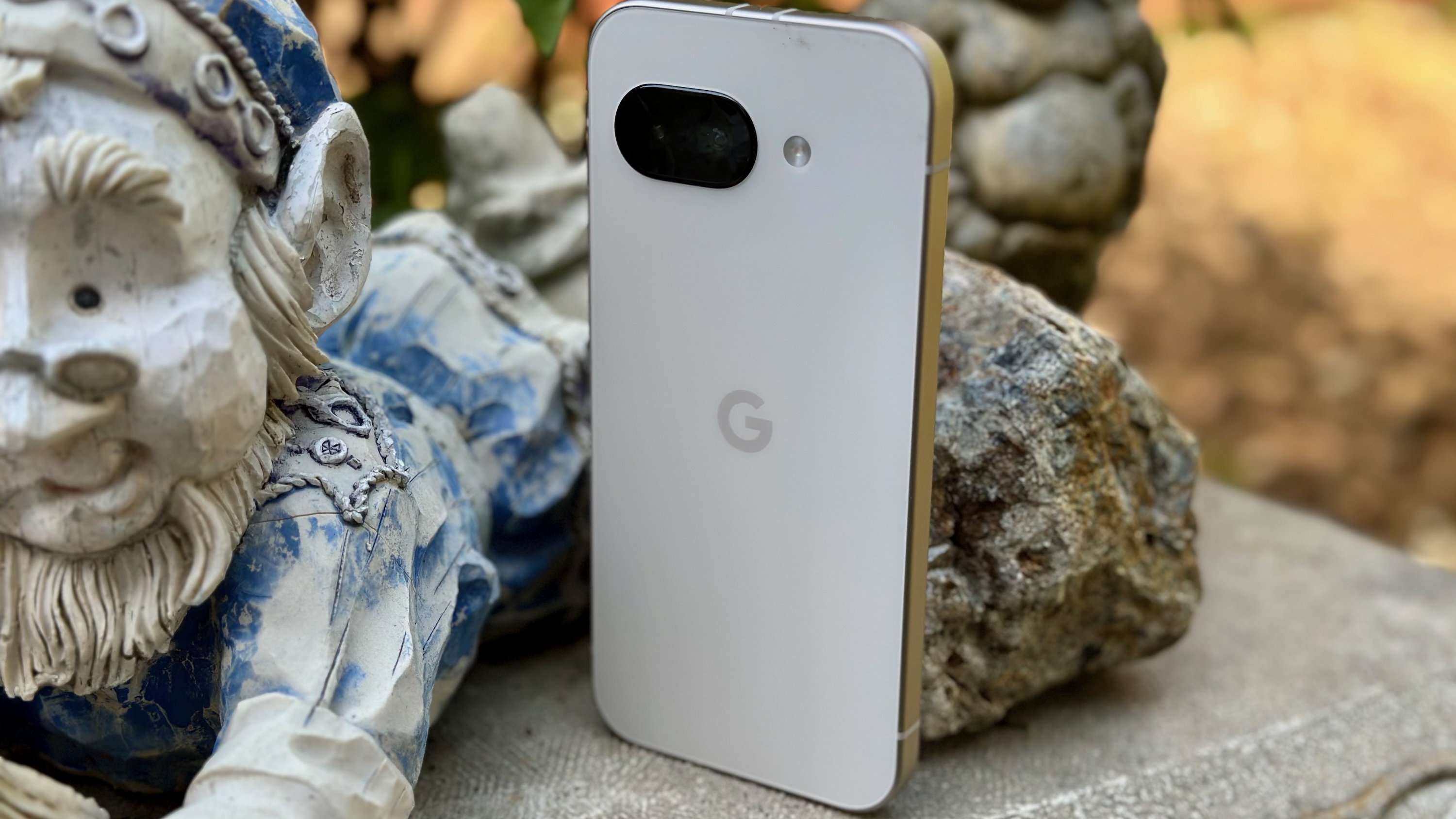Samsung Galaxy S25 Plus vs. Google Pixel 9 Pro XL: It all comes down to the cameras
Save with Galaxy, or go premium with Pixel?
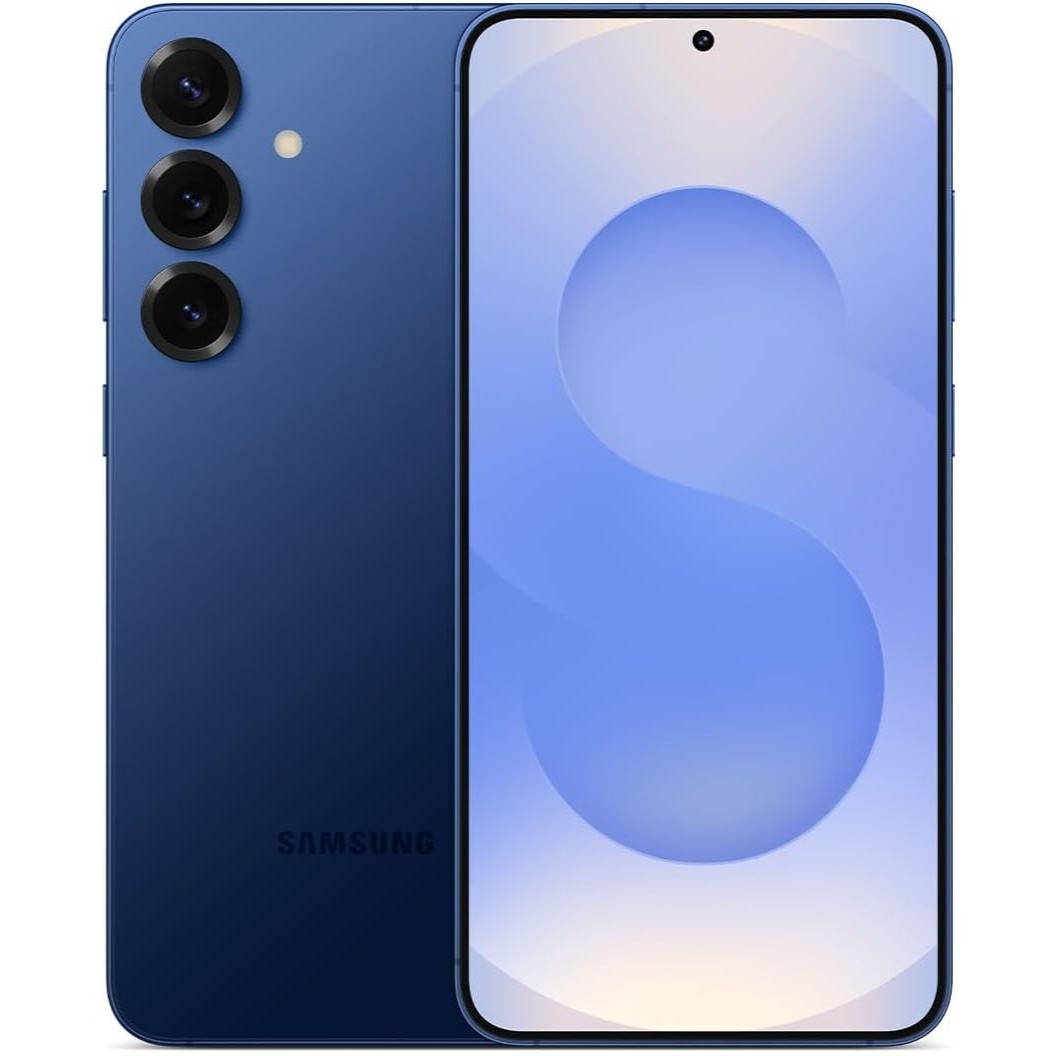
A Samsung and Snapdragon powerhouse
In terms of raw power, there's nothing like the Samsung Galaxy S25. The phone is powered by Qualcomm's Snapdragon 8 Elite for Galaxy chipset and features 12GB of RAM, so it's fit for AI tasks. However, the cameras are unchanged for another year.
For
- Snapdragon 8 Elite for Galaxy is the best Android chip on the market
- New Galaxy AI and One UI features make the software feel fresh
- Qi2 support with a magnetic case
- Slightly-tweaked design with DSLR-style camera lens covers
Against
- Cameras are unchanged, and frankly, old
- No magnets inside for Qi2 charging
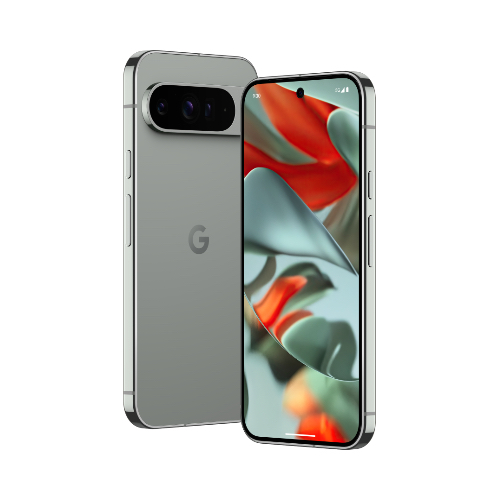
All about polished software and AI
Google reached the peak of smartphones with the Pixel 9 Pro XL. It represents polish in every sense, down to the premium side rails or the thoughtful software. Plus, Google AI and Pixel Launcher make up for any hardware limitations.
For
- Tensor G4 chipset is optimized for Pixel hardware and Google software
- Excellent camera hardware with Google software tricks, like Add Me and Best Take
- Premium design with rectangular and chamfered side rails
- 6.8-inch screen that's slightly larger than Galaxy S25 Plus
Against
- Tensor G4 will lose out to Snapdragon 8 Elite in terms of benchmarks and raw performance every time
- Relatively slow charging speeds
- No Qi2 support
Samsung's latest plus-sized flagship is here, and the Galaxy S25 Plus stacks up nicely with the Google Pixel 9 Pro XL. Of course, the comparisons between Pixel and Galaxy phones aren't always equal. While both the Pixel 9 and Galaxy S25 lineups each include three models, the Pixel 9 Pro XL is comparable to both the midsize Galaxy S25 Plus and the top-tier Galaxy S25 Ultra.
At $999, the 6.7-inch Samsung Galaxy S25 Plus is a tough competitor for the $1,099 6.8-inch Google Pixel 9 Pro XL, which is the reigning top Android phone. The Galaxy S25 Plus has the better processor, the Pixel 9 Pro XL has the better camera, and both have excellent software.
So, which one should you buy? That's what this comparison will help you find out, so let's dive in.
Samsung Galaxy S25 Plus vs. Google Pixel 9 Pro XL: Design and display
Why you can trust Android Central
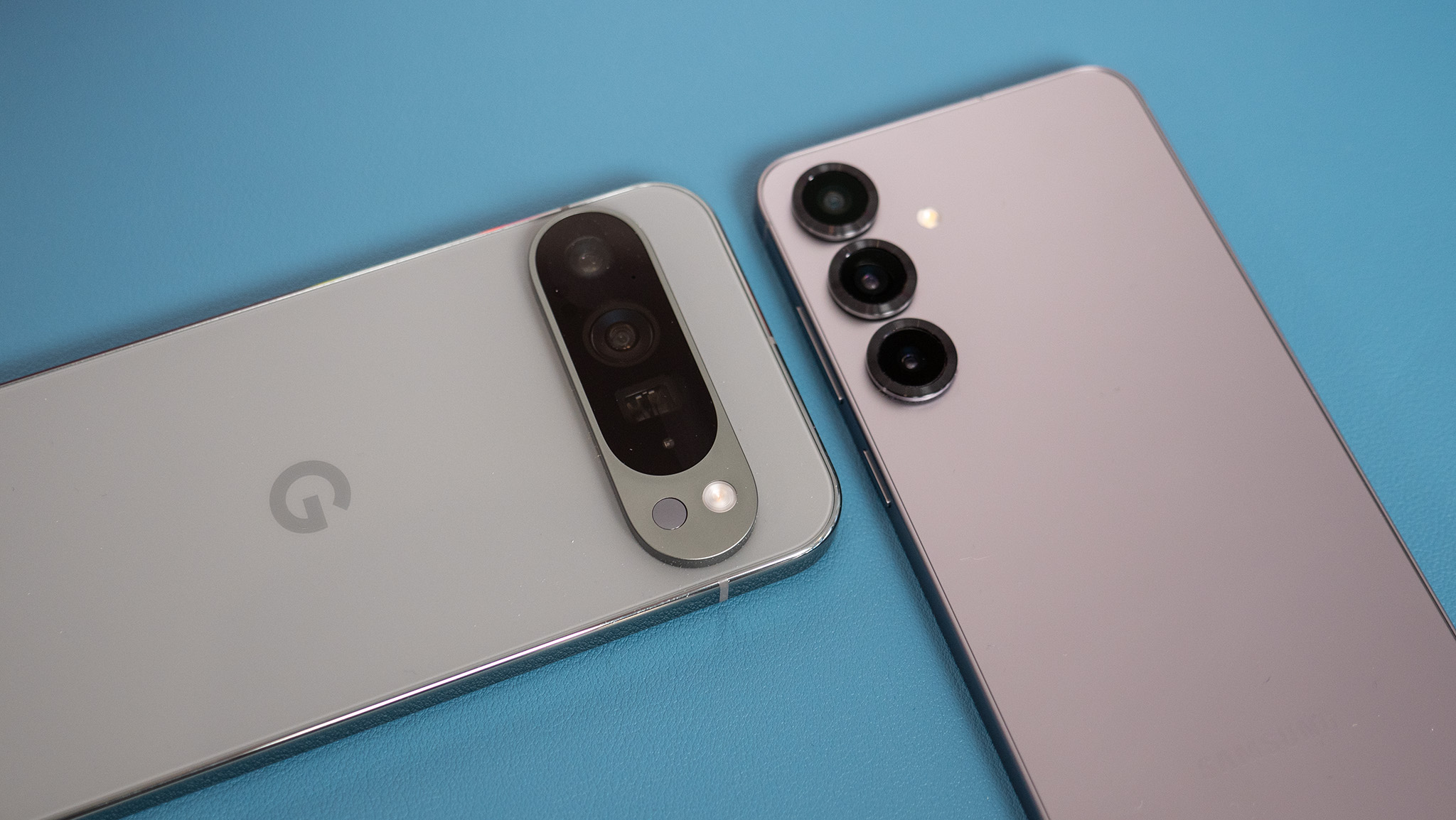
There's only a tenth of an inch separating the Galaxy S25 Plus and the Pixel 9 Pro XL in terms of screen sizes, but you wouldn't know it from their overall form factor. The Samsung Galaxy S25 Plus is thinner, lighter, and more compact than the Pixel 9 Pro XL — and significantly so. For instance, the former weighs just 190 grams, while the latter weighs 221 grams. The Pixel is also more than a full millimeter thicker than the Galaxy.
Put simply, you will notice and feel the size difference between these two phones. If you prefer a more compact handset, you'll like the Galaxy S25 Plus, which measures 158.4 x 75.8 x 7.3 mm. Those who like the hefty and large feel of a premium flagship might prefer the Pixel 9 Pro XL, measuring 162.8 x 76.6 x 8.5 mm.
Both designs follow industry trends, now preferring largely rectangular chassis with slight chamfers rather than curvy shells. Both phones also feature matte back glass finishes, but the Pixel 9 Pro XL has polished sides while the Galaxy S25 Plus has matte aluminum rails.
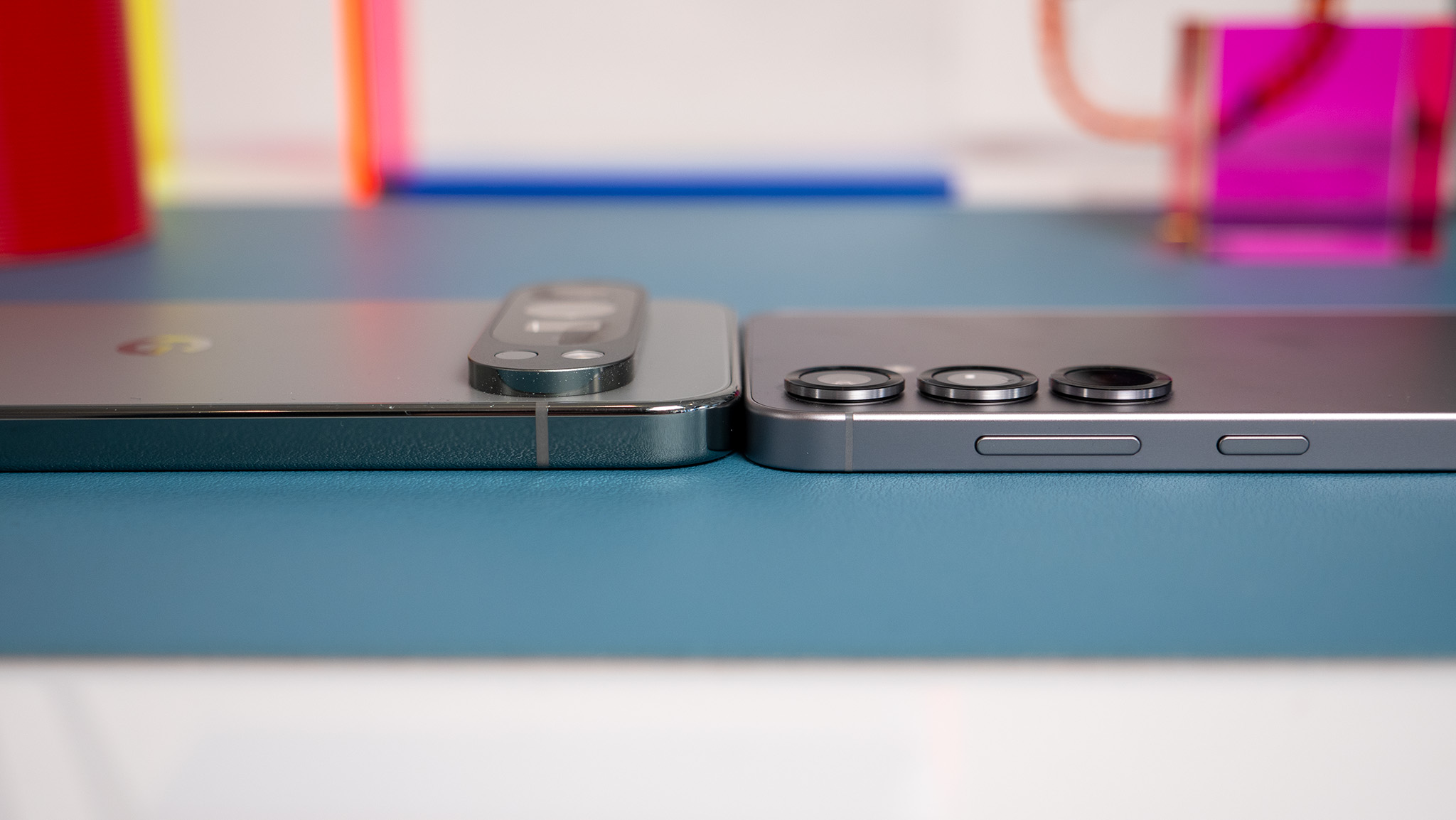
From the back, the iconic Pixel camera housing is hard to miss on the Pixel 9 Pro XL. It's pill-shaped and is kind of a dust and lint magnet, especially if you use your phone caseless. The rear lenses on the Galaxy S25 Plus are separate and now feature DSLR-style lens covers that differentiate it and older models.
In terms of the display, the Pixel 9 Pro XL has the larger 6.8-inch AMOLED panel. It's equipped with 120Hz support and variable refresh rate capabilities, just like the Galaxy S25 Plus. The Galaxy S25 Plus is smaller, with a 6.7-inch AMOLED, and includes a ProScaler that uses software to make the Galaxy's display look sharper. Both phones are covered by Gorilla Glass Victus 2 on top of their screens.
Samsung Galaxy S25 Plus vs. Google Pixel 9 Pro XL: Hardware and specs
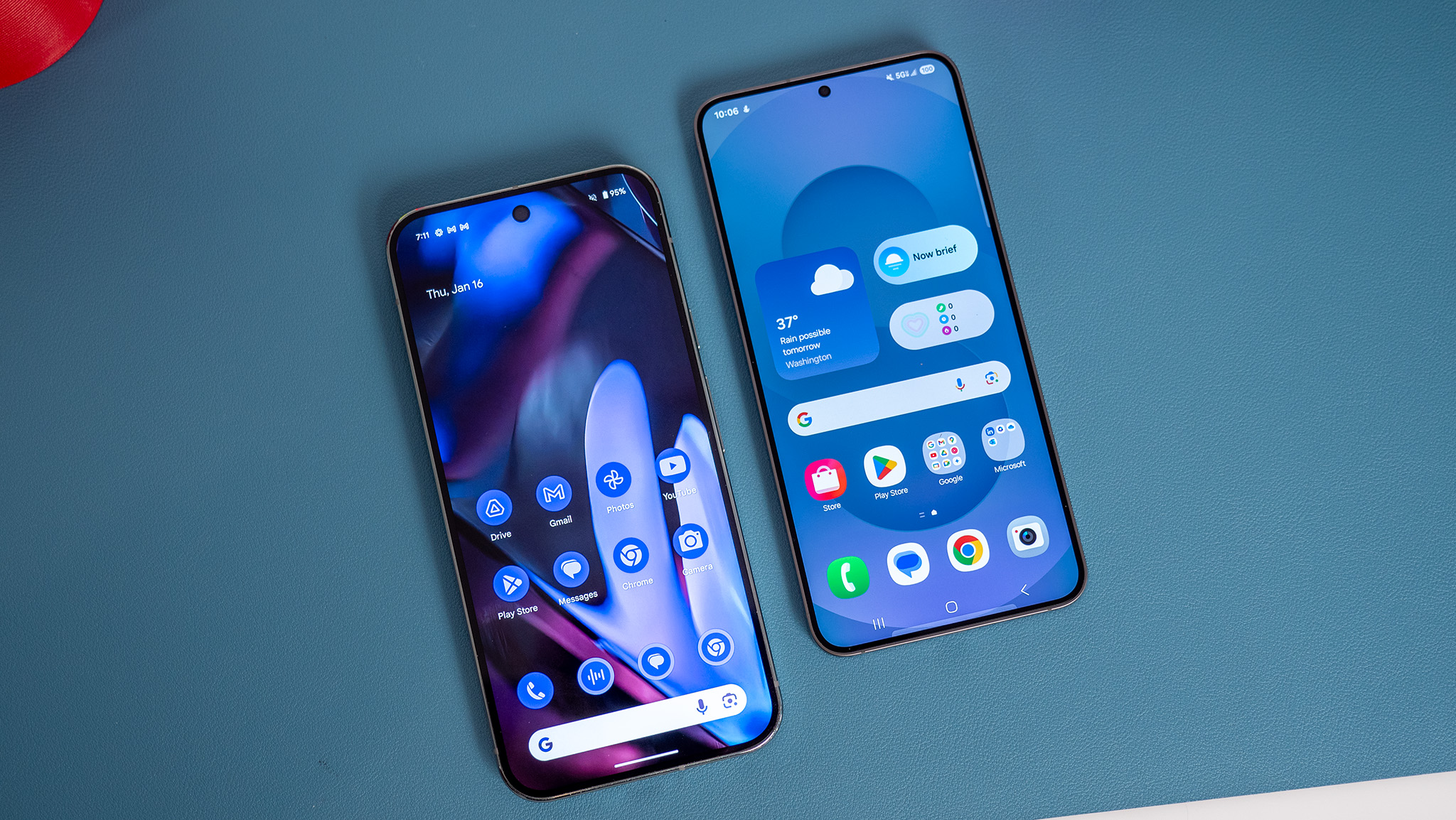
There are advantages to both the Galaxy S25 Plus and the Pixel 9 Pro XL's respective approaches to hardware. Samsung went with raw power in the Galaxy S25 Plus, since it's powered by the Qualcomm Snapdragon 8 Elite for Galaxy chipset and paired with 12GB of RAM. The collaborative chip between Samsung and Qualcomm is the most powerful Android processor to date, beating even the standard Snapdragon 8 Elite platform.
Regardless of which benchmark you pick, the Tensor G4 in the Pixel 9 Pro XL will lose to the Snapdragon 8 Elite for Galaxy. However, Google is optimizing everything in the Pixel 9 Pro XL, from the silicon to the display and software. That gives it an edge in efficiency. Unfortunately, Google lost its lead in AI processing — the Tensor G4 chip can only handle 45 tokens per second for AI tasks, while the Snapdragon 8 Elite can do 70 tokens per second.
Both phones are Android 15-based, and both come with a promise of seven years of OS upgrades. Samsung uses One UI 7, which is unique but is more similar to Google's build of Android than ever. Pixel Launcher is truly Google's vision for Android, and it lacks some of Samsung's unnecessary bloat.
| Header Cell - Column 0 | Samsung Galaxy S25 Plus | Google Pixel 9 Pro XL |
|---|---|---|
OS | One UI 7 (Android 15) | Android 14 (upgradeable) |
Display | 6.7-inch, Dynamic LTPO AMOLED 2X, 120Hz, Corning Gorilla Glass | 6.8-inch (2,992x1,344), LTPO OLED, 120Hz, Gorilla Glass Victus 2, up to 3,000 nits |
Security | Ultrasonic fingerprint sensor | Ultrasonic fingerprint sensor |
RAM/ Storage | 12GB/ 256GB, 512GB, 1TB | 16GB/ 128GB, 256GB, 512GB, 1TB |
Processor | Snapdragon 8 Elite for Galaxy | Tensor G4 |
Rear cameras | 50MP main + 10MP telephoto 3x + 12MP ultrawide | 50MP main + 48MP telephoto 5x + 48MP ultrawide |
Front camera | 12MP | 42MP |
Battery | 4,900mAh | 5,060mAh |
Charging | 45W wired, 15W wireless, 4.5W reverse wireless | 37W wired, 23W wireless |
Connectivity | 5G (sub-6, mmWave), Wi-Fi 7, Bluetooth 5.4, NFC, UWB | 5G (sub-6, mmWave), Wi-Fi 7, Bluetooth 5.3, NFC, UWB |
Dimensions | 158.4 x 75.8 x 7.3 mm | 162.8 x 76.6 x 8.5 mm |
Weight | 190g | 221g |
Samsung and Google both upgraded the connectivity offerings on their newest flagships. Both are equipped with Wi-Fi 7, mmWave 5G, NFC, and UWB support. The Galaxy S25 Plus has the edge in Bluetooth connectivity, with 5.4 as opposed to 5.3 for the Pixel 9 Pro XL.
Samsung Galaxy S25 Plus vs. Google Pixel 9 Pro XL: Cameras
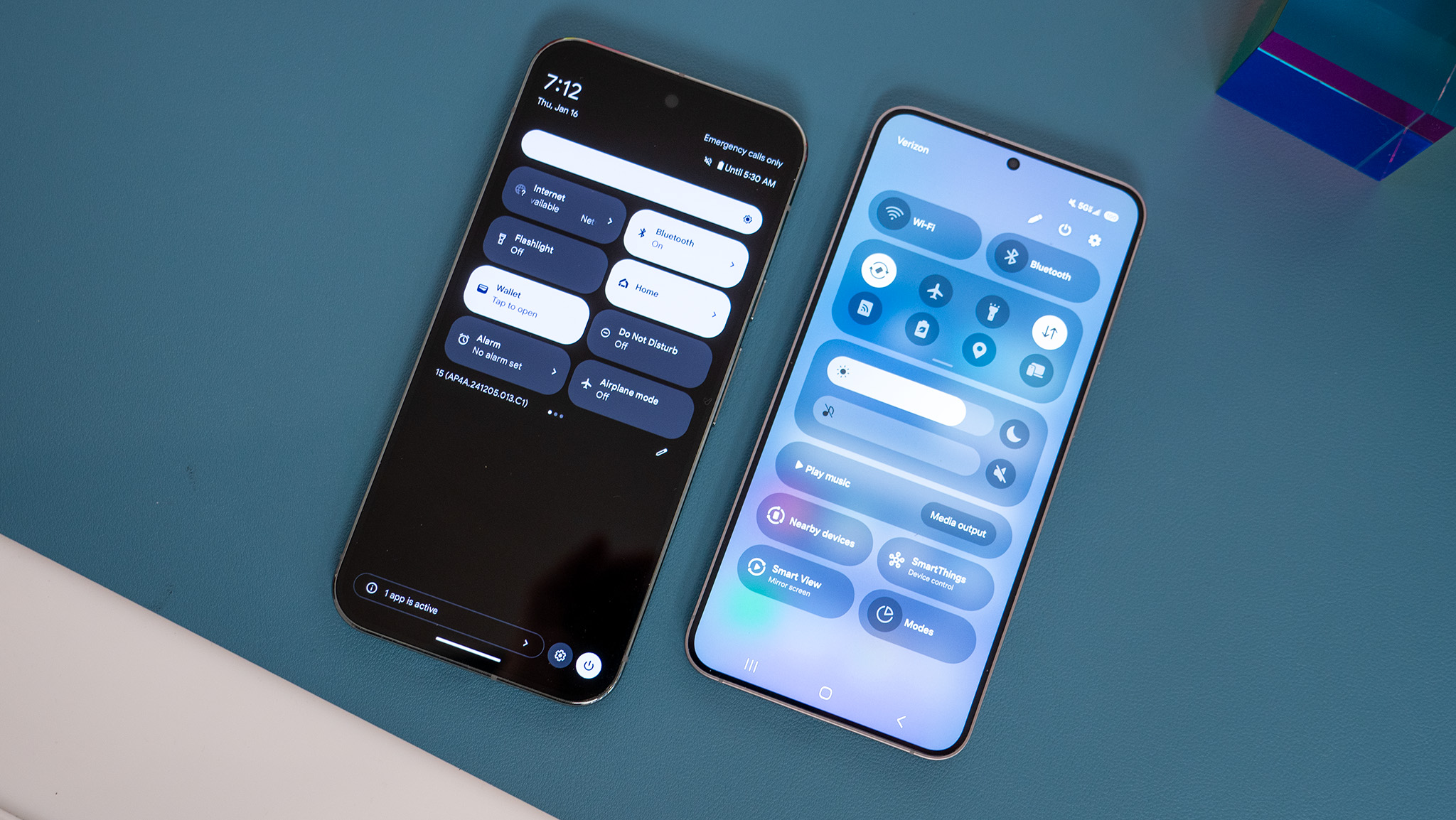
It feels like the same story every year for Galaxy flagships: the camera system is holding the Galaxy S25 Plus back. It uses the same sensors as the Galaxy S24 Plus, Galaxy S23 Plus, and Galaxy S24 Plus. The lack of upgrades here is astounding, and it only helps the Pixel 9 Pro XL's case. To recap, the Galaxy S25 Plus includes the following sensors: a 50MP main, a 10MP telephoto with 3x optical zoom, and a 12MP ultrawide.
Basically, all Google had to do over the last few years of Pixel development is keep making upgrades, and it has. The Pixel 9 Pro XL has a great camera system with a 50MP main shooter and dual 48MP secondary cameras. There's a 48MP ultrawide and another 48MP telephoto lens with 5x optical zoom support. The Pixel 9 Pro XL is a better fit to compete with the Galaxy S25 Ultra than the Galaxy S25 Plus, despite it only costing $100 more than the latter.
While the S25 Plus does a good job of producing livelier images, the Pixel 9 Pro XL is better at night photography. Google wins the front camera battle, too, since the Pixel 9 Pro XL has a 48MP front-facing, hole-punch sensor. Meanwhile, the Galaxy S25 Plus has a 12MP front sensor.
Samsung Galaxy S25 Plus vs. Google Pixel 9 Pro XL: Which should you buy?
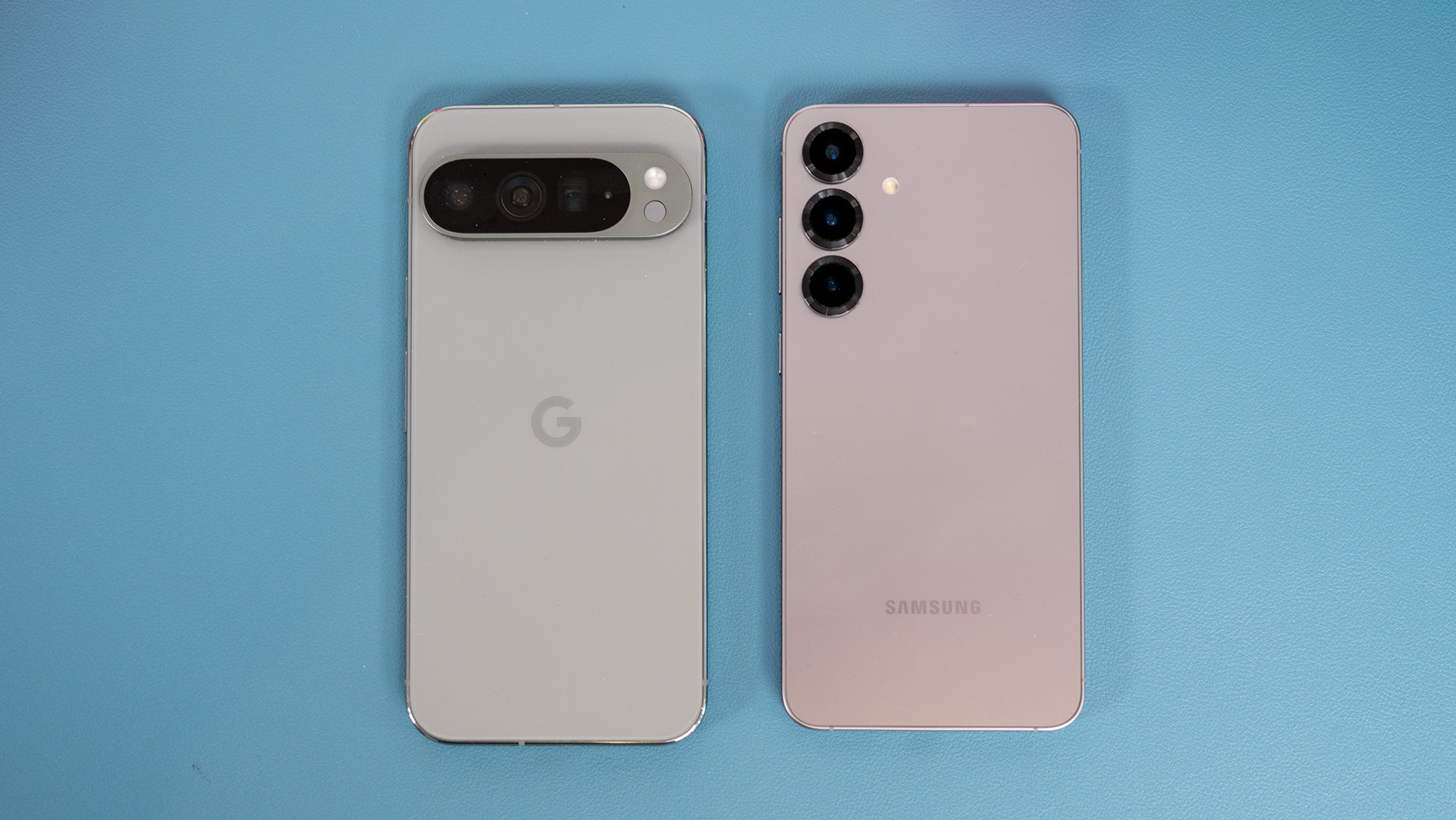
This is a rare case of two phones that both have excellent value propositions, each for a different type of smartphone user. The Samsung Galaxy S25 Plus is thinner, lighter, and more compact than the Pixel 9 Pro XL, so it's ideal for those who want a small phone without sacrificing too many features. The camera system is decent and the Snapdragon 8 Elite chipset is standout, but the phone isn't exciting enough.
Meanwhile, the Pixel 9 Pro XL has a superior camera system with excellent computational photography. The phone's 6.8-inch screen may be the perfect middle ground between the Galaxy S25 Plus and the massive Galaxy S25 Ultra. Of course, it has Google AI at the core and the Pixel Launcher, so the software is excellent.
All told, you can't really go wrong with either of these phones. However, considering how similar the Galaxy S25 Plus is to the Galaxy S24 Plus, you may want to check if the predecessor could give you what you're looking for on a budget. We have that comparison for you here.

A Samsung and Snapdragon powerhouse
In terms of raw power, there's nothing like the Samsung Galaxy S25. The phone is powered by Qualcomm's Snapdragon 8 Elite for Galaxy chipset and features 12GB of RAM, so it's fit for AI tasks. However, the cameras are unchanged for another year.

All about polished software and AI
Google reached the peak of smartphones with the Pixel 9 Pro XL. It represents polish in every sense, down to the premium side rails or the thoughtful software. Plus, Google AI and Pixel Launcher make up for any hardware limitations.
Be an expert in 5 minutes
Get the latest news from Android Central, your trusted companion in the world of Android

Brady is a tech journalist for Android Central, with a focus on news, phones, tablets, audio, wearables, and software. He has spent the last three years reporting and commenting on all things related to consumer technology for various publications. Brady graduated from St. John's University with a bachelor's degree in journalism. His work has been published in XDA, Android Police, Tech Advisor, iMore, Screen Rant, and Android Headlines. When he isn't experimenting with the latest tech, you can find Brady running or watching Big East basketball.
- Namerah Saud FatmiSenior Editor — Accessories
